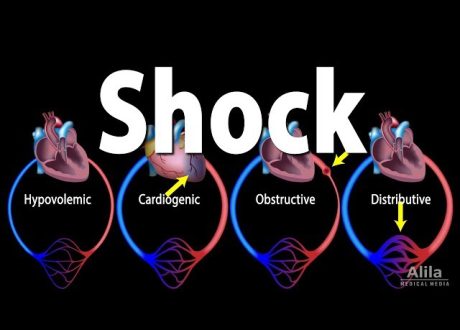Podcast: Play in new window | Download
Guest Skeptic: Dr. Garreth Debiegun is an emergency physician at Maine Medical Center in Portland, ME and clinical assistant professor with Tufts University School of Medicine. He also works at an urgent care and a rural critical access hospital. Garreth is interested in wilderness medicine and is the co-director of the wilderness medicine clerkship at Maine Med, and the medical director for Saddleback Ski Patrol and for Maine Region NSP. At work Garreth imagines himself as a student of evidence-based medicine trying to provide the best care based on the best evidence.
References:
- Suzuki et al. Effect of Mechanical Thrombectomy Without vs With Intravenous Thrombolysis on Functional Outcome Among Patients With Acute Ischemic Stroke: The SKIP Randomized Clinical Trial. JAMA 2021
- Zi et al. Effect of Endovascular Treatment Alone vs Intravenous Alteplase Plus Endovascular Treatment on Functional Independence in Patients With Acute Ischemic Stroke: The DEVT Randomized Clinical Trial. JAMA 2021
Case: A 74-year-old woman presents to your emergency department with 1.5 hours of right-sided weakness, aphasia, and neglect. On rapid bedside assessment you calculate the National Institute of Health Stroke Score/Scale (NIHSS) of 11 and a Field Assessment for Stroke Triage for Emergency Destination (FAST-ED) score of 7; you suspect a large vessel occlusion (LVO) based on the high NIHSS and FAST-ED score >3. A non-contrast CT shows no evidence of intracranial hemorrhage. A CT angiogram plus CT perfusion demonstrate a clot in the left proximal middle cerebral artery (MCA) with a small infarcted area and a large penumbra. Based on your institution’s current guidelines, the patient is a candidate for endovascular therapy, but they are also within the current window for the administration of thrombolytics. You wonder if you gotta be starting something? Specifically, you wonder if you should give the thrombolytics while waiting for your neurointerventional/endovascular team?
Background: Management of acute ischemic stroke has been discussed on the SGEM ever since this knowledge translation project was launched in 2012. My position remains that there is uncertainty as to whether tPA provides a patient-oriented outcome and this was summarized in the downgrading of the NNT recommendation to “yellow” with Dr. Justin Morgenstern from First10EM.
The world of stroke management has changed in the last few years the more robust evidence to support endovascular therapy (EVT) for large vessel occlusion (LVO) strokes. The tipping point came with the publication of MR. CLEAN in 2015. It was a multicenter, randomized, unblinded trial of patients with an LVO stroke in the anterior circulation treated in less than six hours after onset of symptoms. The primary outcome was good neurologic function defined as a modified Rankin Scale (mRS) score of 0-2 at 90 days. The trial included 500 patients and reported an absolute risk reduction of 14% (33% EVT vs 19% control) with a NNT of 7.










